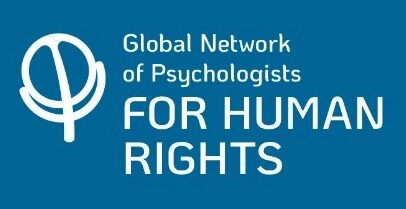Britton, R. (2017). Internal Racism: A Psychoanalytic Approach to Race and Difference. The International Journal of Psychoanalysis, 98(2), 543–545. https://doi.org/10.1111/1745-8315.12299
Abstract
This book is a carefully crafted survey of psychological theories and social behaviour whilst at the same time being a bold, creative attempt to bring psychoanalytic understanding to bear on well-observed phenomena and personal experience. Fahkry Davids is of Asian descent and grew up in apartheid South Africa, before experiencing what it is to be an immigrant with a coloured skin in the United Kingdom. The title introduces the two components central to his theory and invites two questions: what is meant by internal? and what is meant by racism? As used currently, the –ism ending to words denotes attitudes, which are either regarded as prejudicial or favourable. Feminism is felt by many to be a good thing; the term racism is regarded, by those who apply it, to be a bad thing. As a widely used epithet it is relatively recent; the Oxford English Dictionary of the 1970s does not include an entry for racism. Race is defined as a tribe, nation, or people regarded as of common stock. Now definitions of racism abound; perhaps the most salient is also from the OED: “Prejudice, discrimination, or antagonism directed against someone of a different race based on the belief that one’s own race is superior.” The United Nations convention makes no distinction between the terms racial and ethnic discrimination. And yet ‘racist’ is one of the most condemning words in the Western world. For this reason Davids uses racism to describe the attribution of inferior and unfavourable characteristics to any specified group regarded as biologically or ethnically distinct. This therefore includes anti-Semitism as a manifestation of racism, and by implication applies to the horrific sectarianism we have seen, ostensibly on grounds of religious grouping, within nations such as Nigeria at present and Northern Ireland in the recent past. The ubiquity of the phenomenon, under whatever term, is strong support for the second element in his title, ‘Internal’. With this word, he conveys a special psychoanalytic meaning that implies it is inherent in individuals even when collectively shared. The word ‘race’ in this context is usually applied to particular peoples, separating them from the larger class of ‘mankind’, which from the earliest usage was described as ‘the human race’. As a sub-group term it carries with it the risk of a group being regarded as sub-human. Such classification has been used in extreme cases to justify denial of human rights, enslavement and at worst genocide. Davids is principally concerned in this book to go beyond social analysis (though thoroughly exploring it) to look at the propensity that exists in all of us to adopt such attitudes, if not consciously then unconsciously.
